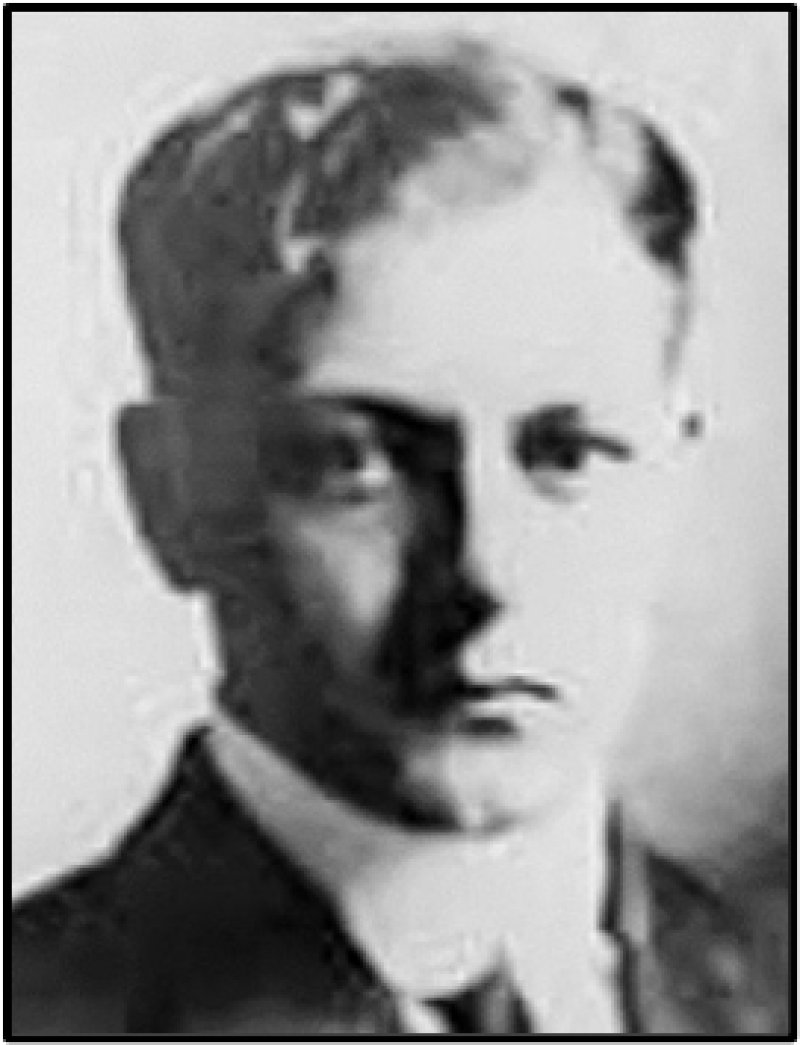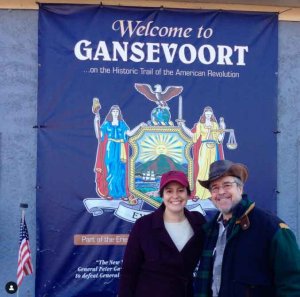While the tragic loss of Trooper Donivan occurred in October of 1923, the events that led up to his murder had their origin three years earlier with the enactment of Prohibition. With the production, transportation, and distribution of alcoholic beverages made illegal across the United States, booze soon began pouring in across the northern frontier of New York State. With border crossings left unattended at night, when darkness fell hundreds of bootleggers with their illegal cargo entered our country and headed south.
When the State Police endeavored to stem the tide of this illicit activity, the criminals would either attempt to outrun the law or simply abandon their vehicle and flee on foot. Rarely did they put up violent or deadly resistance when cornered by law enforcement. This changed over the years as criminals realized that waylaying the bootleggers and relieving them of their load was more profitable than carrying them across the border themselves. The country even took up a slang term for these thieves: High Jacker, likely a shortening of “Highway” combined with the word Jack, which carried the meaning of “one who robs.” These criminals were willing to use violence and had no concern over endangering innocent lives.
To respond to this threat, bootleggers were soon accompanied by armed escorts, with shootouts on the roadways an inevitable result. Over time these battles moved closer to populated areas, with citizens on the outer edges of Saratoga Springs hearing gunfire late at night. In response, State Troopers began running the routes followed by bootleggers hoping to break up the ambushes by these highwaymen.
On the night of October 8, 1923, Trooper Roy Donivan and three other plain-clothes officers were traveling on Route 9 in the Town of Wilton to trap hijackers when they were confronted by an armed man whose automobile was blocking the road. With a flashlight shining on the troopers’ car, the hijacker commanded them to “stick um up!” to which Donivan responded by stepping out of the car and firing his gun towards the light. The response was to return fire from the back of the bandit’s car, which hit and mortally wounded Trooper Donivan.
The man holding the flashlight scrambled into the car blocking the road as it maneuvered to flee the scene, and the vehicle accelerated away heading south. The troopers were able to read the license plate number and quickly telephoned the description to the nearby towns. By the time Roy Donivan’s fellow officers reached him, he had already passed away, and his body was loaded into their automobile and taken to Saratoga Springs.
Donivan’s murderers were next seen 30 miles to the south when they passed through Latham Corners three hours after the shooting. Traveling at a high rate of speed, the automobile was spotted by troopers who called for them to stop and then fired at the automobile as it flew by. Unaware of it at the time, one of their bullets struck home, hitting the arm of a hijacker. Taking chase, the troopers soon were outdistanced and lost sight of the automobile.
Still on the loose, an hour later they stopped long enough to leave their badly bleeding companion in Watervliet. Dragged from the car, he was shoved roughly through the front door of Doctor H. T. Wygant’s medical office and left to fend for himself. Unwilling to give his identity, the man was taken to Leonard Hospital in Troy for treatment. Newly married, he was soon identified as 20-year-old George Haupt of Albany by his wife and mother.
Once he was released from the hospital, Haupt was quickly arrested and charged with first-degree murder for the death of Trooper Roy Donivan. His only defense was to say that he was drunk and asleep in the back of the automobile when Donivan was shot. As for Haupt’s injury, at first, it was thought that the arm would have to be amputated. On further examination, it was decided he would keep his limb, though he was so weakened by his injury that he attended his first court appearance in a wheelchair.
This was not the first run-in with the law for Haupt, who at the age of 16 had been arrested and put on probation for auto theft. A year later he was arrested again, this time for possession of a stolen car, and sentenced to thirteen months in the Elmira Reformatory, where he was still on parole from at the time of the Donivan murder.
Of the other two men who participated in the murder, one was Matthew W. Slavinski, who when arrested did not yet know that Donivan had died, and quickly confessed to being with Haupt that night. The third man, whom Slavinski named as William C. King had disappeared during their escape south and was never found.
State Trooper Roy Albert Donivan left behind his wife of 10 years, Augusta, and their one-year-old son Roy Albert, Junior. Roy Donivan, only twenty-seven years old when he lost his life, was a World War I veteran, having served overseas with the American Expeditionary Force 303rd Heavy Field Artillery.
On October 10, 1923, a funeral for Trooper Roy Albert Donivan was held at his home on Oil Mill Hill in Troy. In attendance that evening to pay his respects to this fallen officer was Governor Alfred E. Smith. The next day Roy’s body was taken back to his hometown of Phoenicia. Trooper Roy Albert Donivan was buried in his police uniform at the Shandaken Rural Cemetery in Ulster County, where he was accorded full military honors for his time of service to his country.
Over the following months, trials for both Haupt and Slavinski were held. Haupt was acquitted on the First-Degree Murder Charge and released back to Elmira for his parole violation. A verdict of guilty of manslaughter was given to Matthew Slavinski, and he was sentenced in Saratoga County Court to six years in prison.
Dave Waite is a resident of Blue Corners, Saratoga County. He has written many articles on upstate New York history, including several in the recently published book, More Saratoga County Stories. Dave is also the videographer for the Forgotten Crossroads film series produced by the Saratoga County History Center. He can be reached at This email address is being protected from spambots. You need JavaScript enabled to view it.





































